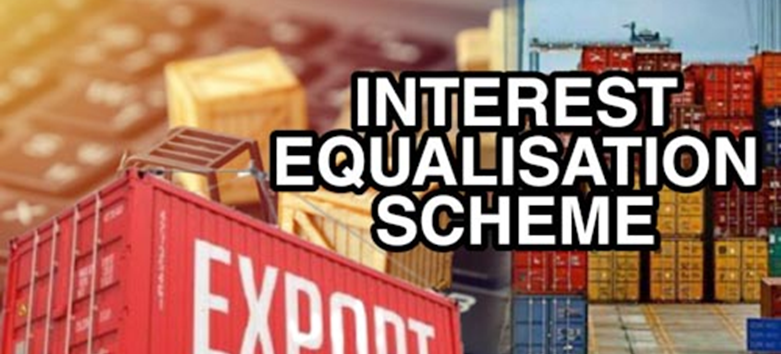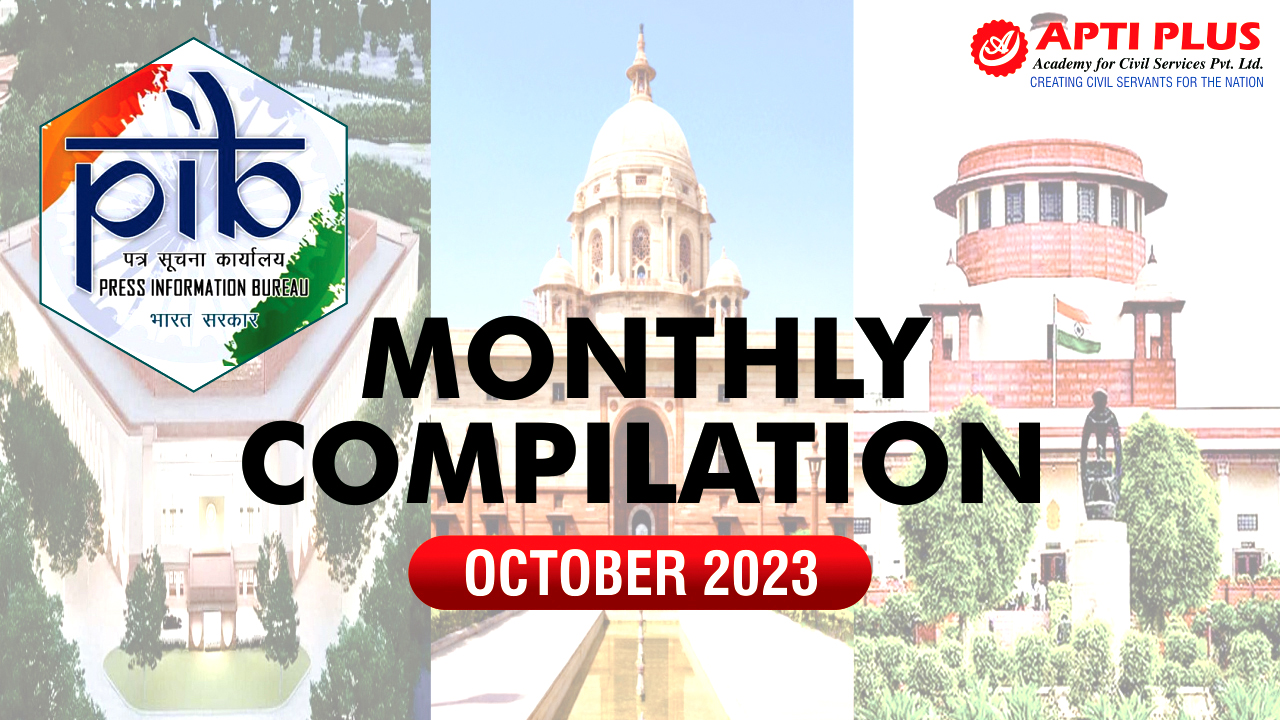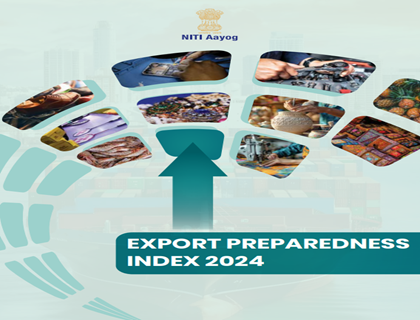Description

Copyright infringement not intended
Picture Courtesy: knnindia.co.in
Context: The Union Cabinet sanctioned an extra Rs 2500 Cr to extend the Interest Equalisation Scheme until June 30, 2024, aiding exporters in specific sectors and MSMEs to access competitive pre and post-shipment export credit.
About the Interest Equalisation Scheme
- An announcement from the Union Cabinet regarding the approval of additional funds for the Interest Equalisation Scheme, aimed at supporting exporters in various sectors, especially MSMEs.
- The scheme provides benefits in the form of interest equalization on pre and post-shipment credit to enhance competitiveness in the international market.
Objectives and Targets
- The scheme aims to bolster the competitive edge of Indian exporters, particularly those in identified sectors and MSMEs, by providing them with access to credit at affordable rates.
- Extended till June 30, 2024, with an additional allocation of Rs 2500 Crore for this period.
Beneficiaries and Rates
- Eligible for an interest equalisation rate of 2% on pre and post-shipment Rupee export credit for products listed in these 410 tariff lines.
- Enjoy a higher interest equalisation rate of 3% regardless of the specific tariff lines they belong to.

Execution and Oversight
- The Reserve Bank of India (RBI) oversees the implementation of the scheme through various Public and non-public Sector banks.
- Oversight by the Directorate General of Foreign Trade (DGFT) and RBI through collaborative mechanisms ensures effective execution.
Evolution of the Scheme
- Commenced on April 1, 2015, originally planned for five years but extended multiple times, including a year-long extension during the COVID-19 pandemic.
- Initially, the scheme lacked a fund limit and extended benefits without capping individual exporters. However, it was later revised to cap benefits at Rs 10 Crore per annum per Import Export Code (IEC).
Impact and Rationale
- Reports, such as the one conducted by IIM Kashipur, suggest a positive correlation between the scheme and increased export growth.
- Focus on labour-intensive sectors and MSMEs to spur employment opportunities.
- By ensuring competitive credit rates, the scheme intends to enhance the international competitiveness of Indian exports.

Conclusion
- The scheme serves as a crucial support mechanism for exporters, fostering growth and competitiveness in sectors vital to India's economic landscape. Its impact extends beyond financial assistance, aiming to generate employment and fortify India's position in the global export market.
|
PRACTICE QUESTION
Q. How has India's external trade evolved in recent years, and what factors have contributed to changes in its trade dynamics, including export-import patterns, trade partners, and the impact of global economic trends?
|














